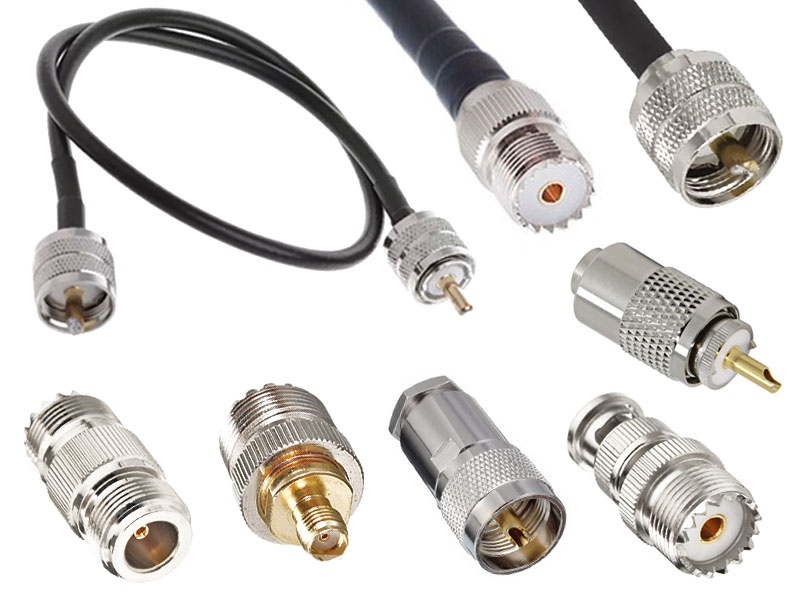-
We’re On Call 24/7 : +8613538296050
-
E-mail : anna@rohoconnector.com
We’re On Call 24/7 : +8613538296050
E-mail : anna@rohoconnector.com
In today's ever-evolving world of technology, seamless connectivity is of paramount importance. One crucial element in achieving reliable connections is the UHF connector. This versatile connector has gained significant attention due to its efficiency and practicality. In this article, we will explore the various installation methods of UHF connectors and discuss the accompanying cable components that make them indispensable.
UHF connectors, also known as "PL-259" or "UHF PL-259" connectors, are widely used in radio frequency (RF) applications. They have become an industry standard for connecting coaxial cables due to their robustness and ability to handle high power levels. Based on their design, UHF connectors can be classified into two main types: solder and crimp.
Solder-type UHF connectors are renowned for their reliability and mechanical strength. These connectors feature a center pin and an outer barrel, both of which are soldered to the cable components. They provide a secure and durable connection, making them suitable for demanding applications such as mobile communications, broadcast, and military equipment.

Crimp-type UHF connectors are known for their ease of installation. These connectors utilize a crimping tool that compresses the connector onto the cable's outer conductor, ensuring a tight and reliable connection. Crimp connectors are popular among installers due to their time-saving and consistent performance. They find extensive use in applications such as satellite communications, wireless systems, and amateur radio.
To achieve optimum performance with UHF connectors, specific cable components are essential. Let's take a closer look at a few vital ones:
Coaxial Cable: The coaxial cable serves as the backbone for transmitting signals. It consists of a center conductor, an insulating layer, a metallic shield, and an outer protective jacket. UHF connectors are typically used with RG58, RG59, and RG8 coaxial cables.
Cable Cutters: Precise cable cutting is crucial for achieving a proper connection. Cable cutters equipped with sharp blades ensure clean and accurate cuts, reducing signal loss and preventing damage to the cable.
Stripping Tool: Stripping the coaxial cable's outer jacket and insulation layer is necessary before installing the connector. A quality stripping tool ensures consistent and efficient removal of the necessary layers without damaging the inner conductors.
Crimping Tool: For crimp-type UHF connectors, a crimping tool is indispensable. This tool applies the appropriate pressure to compress the connector onto the cable's outer conductor, providing a secure connection.
UHF connectors and their installation methods play a vital role in achieving seamless connectivity in various RF applications. The choice between solder and crimp-type connectors depends on the specific requirements of the application and the preferences of the installer. Additionally, using the appropriate cable components, such as coaxial cables, cable cutters, stripping tools, and crimping tools, ensures a reliable and efficient connection. By staying informed about UHF connectors and associated cable components, professionals in the field can optimize their installations and deliver superior communication capabilities to a wide range of industries.